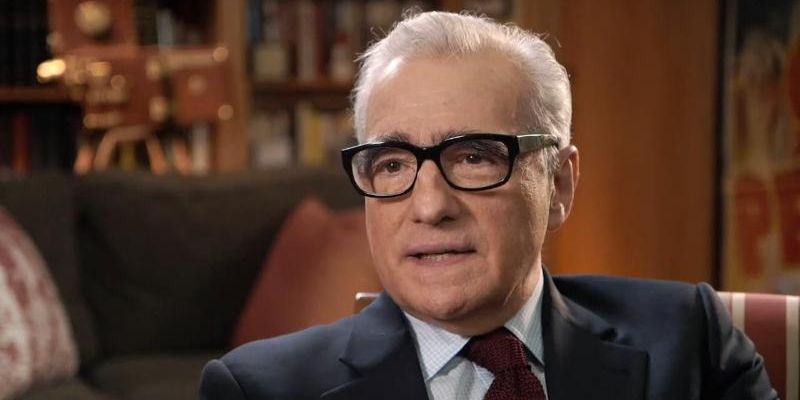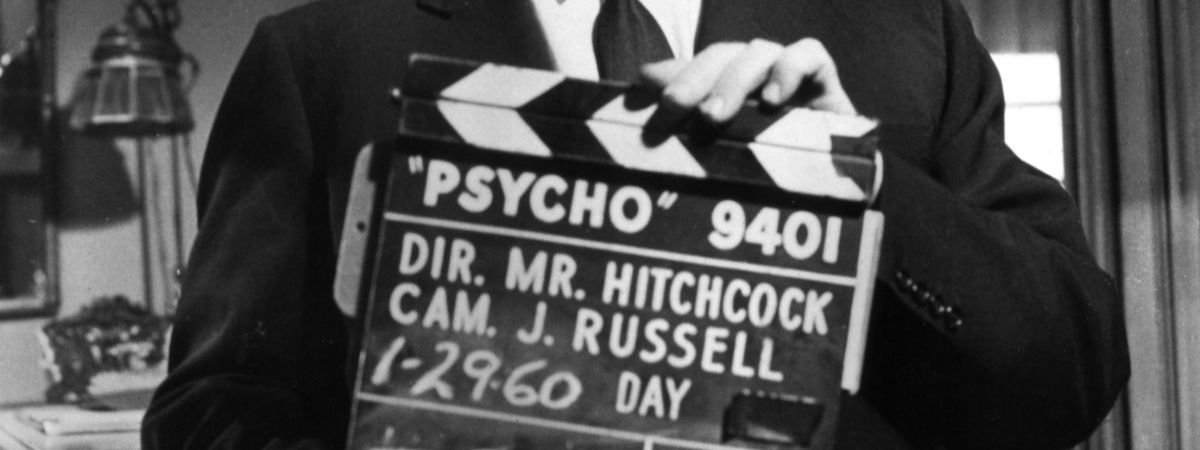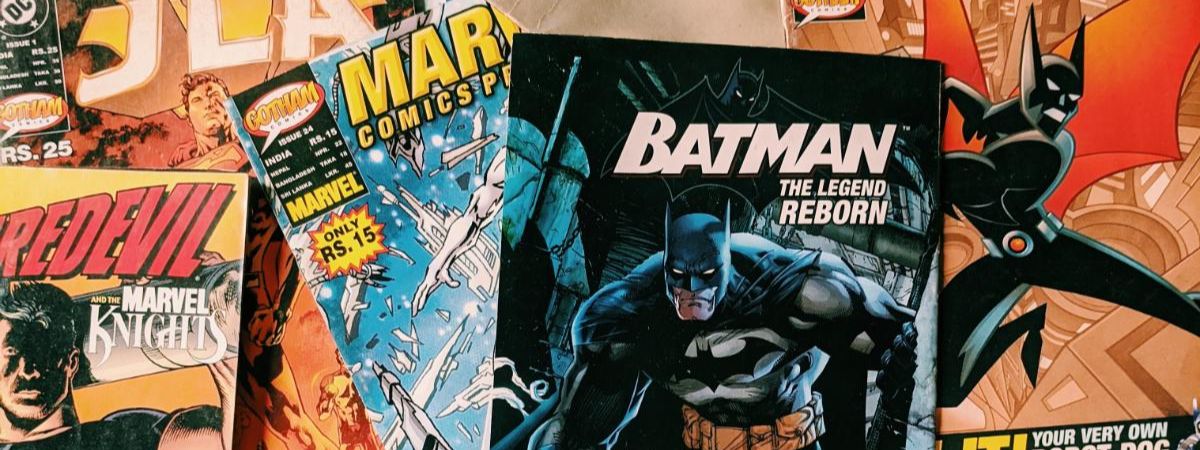Skip to the good bit
ToggleIt’s a unique instance where multiple films and sometimes television shows exist within the same narrative sphere, often crossing paths and building a coherent and diverse mythology.
As we explore these cinematic universes, we uncover not just interconnected storylines but entire ecosystems of movies that contribute to a broader narrative arc. Blockbusters like the Marvel Cinematic Universe have created templates that others aim to emulate.
It’s not just about individual films but how they fit into a grand storyboard, each piece contributing to a larger, more complex puzzle. Let’s examine how these universes are crafted and why they’ve become a staple in contemporary film culture.
Evolution of cinematic universes
Cinematic universes have revolutionized how we experience movies, transforming them from standalone stories to immersive worlds. They invite us to delve deeper into the mythologies, characters, and storylines that span multiple films and mediums.
Early concepts
Before the term “cinematic universe” became a household phrase, creative storytellers laid the groundwork. It all started with serial films, early precursors of what we now recognize as cinematic universes.
With recurring characters and interlinked plots, these films built a foundation upon which modern universes would be crafted. One significant milestone was the Universal Monsters series, which introduced audiences to iconic characters like Dracula and Frankenstein, who occasionally crossed paths.
Featured in: top movies beginning with D
Rise of media franchises

Moving forward, interconnected storylines evolved with the advent of media franchises. Here, television series and comic book adaptations began to embrace larger fictional canvases. With Avengers comics being the prime example of character cross-overs, the turning point was the emergence of the Marvel Cinematic Universe (MCU), which became a blueprint for success.
The MCU’s masterful orchestration of characters and plotlines across different films set a standard for other franchises like the DC Extended Universe (DCEU), which aimed to create a similar tapestry of interwoven stories.
Key players in cinematic universe building
In our journey through the realms of storytelling on a grand scale, we focus on the masterminds behind the most prominent cinematic universes. Their visionary approach has transformed how we experience films and set a precedent for creating interconnected worlds.
Marvel Cinematic Universe
- Established: 2008
- Number of Films (as of 2024): 30+
- Highest-Grossing Film: Avengers: Endgame
The Marvel Cinematic Universe (MCU) is a titan in cinematic universes. Pioneered by film producer Kevin Feige and a team of talented creatives, they have successfully interwoven the tales of superheroes into a cohesive narrative over a decade.
The MCU’s meticulous planning and execution of character crossovers and story arcs has resonated with audiences worldwide, resulting in unprecedented box office success. The MCU exemplifies the art of crafting immersive movie universes, with each installment contributing to a larger, interconnected saga.
DC Extended Universe
- Established: 2013
- Number of Films (as of 2024): 15+
- Highest-Grossing Film: Aquaman
While experiencing a more tumultuous path, the DC Extended Universe (DCEU) remains a key player in building a cinematic universe. With iconic characters like Batman, Superman, and Wonder Woman, the DCEU has embraced a multiverse approach, allowing multiple interpretations of characters and storylines to coexist.

This strategy has provided unique narrative freedom and, despite earlier challenges, has begun to find its footing with a focus on character-driven stories and directorial vision, leading to a resurgence in popularity and critical acclaim.
Other notable universes
Other cinematic universes have risen to prominence and deserve attention in the shadow of the comic book giants. The conjuring of shared universes like Universal’s Monsters and the intricate world-building seen in franchises such as the Star Wars saga and The Boys display the varied approaches to universe-building.
These universes might not always follow the same formula as the MCU or DCEU, but they create rich, expansive worlds that captivate audiences in their own right. Each contributes to the ever-growing tapestry of cinematic universes by bringing unique characters and stories to the screen, showing no single path to success in this ambitious endeavor.
Impact on modern filmmaking
In the fascinating world of cinema, the advent of cinematic universes has significantly changed how movies are made and experienced. We’ll explore this shift, focusing on the novel storytelling techniques adopted and the unprecedented audience engagement achieved.
Storytelling techniques
Cinematic universes have introduced us to an intricate web of storylines that span across multiple movies. Long-term storytelling arcs are a defining characteristic that allows for deeper character development and more complex plots.
The strategic planning of interconnected stories has made it common for pivotal plot points to be gradually revealed over several films, evoking a sense of anticipation and excitement among viewers. A prime example of this is franchises like the Marvel Cinematic Universe and the DC Extended Universe, where individual narratives contribute to a larger, overarching story.
Audience engagement
Cinematic universes do more than tell stories; they create worlds audiences can invest in over the years. Committing to a multi-film journey creates a heightened emotional attachment to characters and storylines.
Additionally, the melding of genres within these universes has expanded the appeal to a wider range of viewers. For instance, the combination of science fiction, fantasy, and action elements has bolstered the success of these films, as noted in analyses of genre cross-pollination.
Subsequently, fans are drawn to the next installment and become active participants in the universe through discussions, speculation, and content creation, enhancing the overall impact of the cinematic universe.
Criticisms
While cinematic universes offer a vast landscape for storytelling, they also come with their fair share of challenges and criticisms. We’ll look at two significant hurdles: the creative limitations they may impose and the issue of market oversaturation.

Creative limitations
Creating stories within a cinematic universe often means adhering to a prescribed set of rules and continuity, which can constrain filmmakers. We must work within an established world that leaves little room for deviation. Each installment needs to be consistent with the overarching narrative and character arcs, potentially stifling the scope of creativity.
Market oversaturation
The abundance of cinematic universes can lead to a sense of oversaturation in the market. With multiple interconnected films rolling out simultaneously, audiences might get overwhelmed. It can be challenging for us to keep up with every new release, causing franchise fatigue. Moreover, this saturation might overshadow standalone films that struggle to make a mark amidst sequels, prequels, and spin-offs.
Frequently asked questions
Cinematic universes have become a massive part of the movie industry, where interlinked stories and characters captivate audiences worldwide. Here, we answer some of the most common questions to give you a clearer picture of this phenomenon.
What are the most successful cinematic universes to date?
The Marvel Cinematic Universe (MCU) is often hailed as the most successful cinematic universe, having redefined the genre with a revolutionary approach to interconnected storytelling.
Which horror movie franchises have expanded into a shared universe?
Horror movie franchises like The Conjuring and Cloverfield have successfully built a shared universe, spawning several interconnected films from a single story.
How has the concept of a shared universe evolved in modern cinema?
Originally, a shared universe was a collection of standalone stories in the same world. It’s an intricately woven tapestry where storylines intersect—sometimes in surprising ways.
What cinematic universes failed?
Certain universes, such as the Dark Universe by Universal Pictures, weren’t met with the anticipated success and struggled to create a cohesive, interconnected narrative.
Who started cinematic universes?
The concept dates back to early film crossovers and serials with the Universal Monsters series, but the Marvel Cinematic Universe set the standard and popularized the modern iteration.
Why are cinematic universes popular?
Cinematic universes merge familiarity with novelty—allowing audiences to explore new aspects of beloved characters and settings while guaranteeing consistency in quality and theme.








